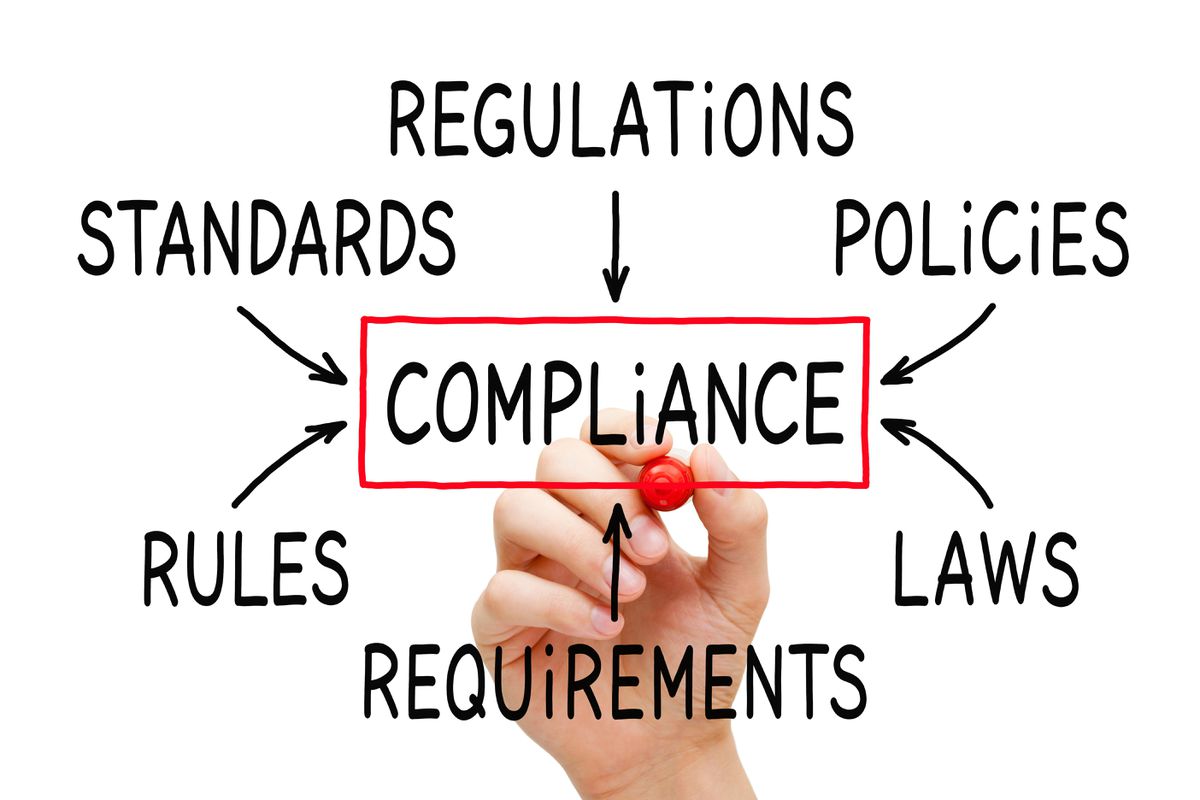Nursing homes have long been in the headlines for quality of care issues in some form or fashion. The COVID-19 pandemic has shined a major spotlight on nursing home compliance with state and federal regulations.
Recently, several enforcement actions have been handed down ranging from $600,000 to over $4 million in penalties and fines. In reviewing the cases so far in 2020, majority of the penalties and enforcement actions by the states and federal government could largely have been prevented.
OIG Compliance Guidance
The OIG first issued compliance guidance for nursing facilities in 2000 following with supplemental guidance in 2008, found here. Since the inception to the initial guidance followed through to today, there have been significant changes regarding nursing facilities deliver care and receive reimbursement for services. Additionally, we have quickly seen the enforcement environment shift among the states and the OIG.
Compliance Combining the Right Mix
Compliance cannot be a checkbox. Nursing homes, among other care settings, have arguably been under enormous pressures on a variety of fronts increasing the challenges to maintain an effective compliance program. Largely, reimbursement is low with a high number of the payor mix paying low reimbursement. Yet, nursing homes have become increasingly relied on as part of the overall continuum of care.
Nonetheless, compliance cannot slip and must remain solid even the toughest of times. A nursing home compliance program needs to include the right mix of leaders and staff. The mix also needs to bring in the right platform of monitoring. This would include practicing mock-unannounced audits, among other things.
Have you assessed your compliance activities and program? There is no immunity for compliance to operate in the highest functioning capacity as possible even with limited resources. The compliance function is a critical part to help ensure the nursing home does not find itself with systemic failures resulting in government action and bad press.
We don’t have the compliance resources or expertise
It is not uncommon for nursing home facilities to not have a full-time compliance staff or in the worst of cases a dedicated compliance officer. There are many solutions to cover this gap.
Solutions: It can be very cost effective to hire a third party to handle compliance matters and service as your compliance arm. There is more than one way to do this. One of the most common ways is through outside counsel or separate from counsel a compliance professional.
Costs: The cost of an outside counsel or compliance professional is not as costly as many believe. Finding the right professional who knows compliance and the rules and regulations can pay dividends to a nursing home facility. This framework can happen quickly and cost effective.
Audits are Coming
CMS has nodded to states more audits will be forthcoming with increased focus on federal and state requirements particularly around: screening of staff, proper staff hygiene, and internal infection controls.
Within the past two years some states have been cited by the OIG for lack of proper enforcement and follow-up based on state survey results. The OIG gives little leniency when the lack of a compliance framework is nonexistent and vulnerable patient lives are impacted. The trending financial enforcements have been high.
Risk of Noncompliance
The risk of nursing home noncompliance can range form a small corrective action to the loss of the ability to participate in and receive reimbursement from Medicare and Medicaid (Federally funded) programs. For many, this would shut the doors on operations.
Nursing home compliance is complex for a variety of reasons. But, with the right partner and structure compliance can happen and be effective and well demonstrated to state surveyors.

